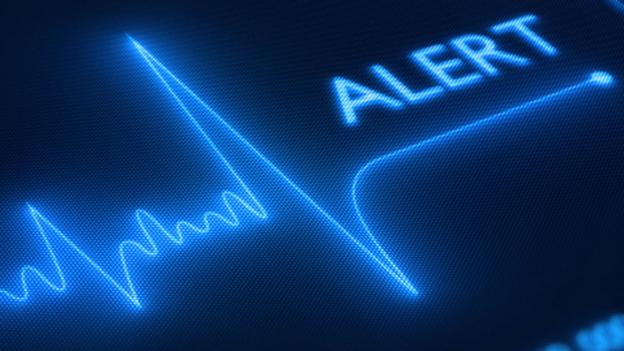
Is there any evidence that signals do, or ever did, disrupt medical
equipment? Claudia Hammond explores the evidence and encounters mixed
reception.
When I was a volunteer working in hospital radio in my teens,
patients who wanted to call their relatives had to wait until a heavy
payphone on wheels was trundled up to their bedside. When it wasn’t
being used by another patient, that is. Then came mobile phones and for a
short time people were able to keep in touch with their families as
much as they desired, until many hospitals around the world banned the
use of mobile phones on hospital wards, fearing they might cause
essential medical equipment to malfunction.Lots of patients flouted the rules and so did some staff. In a survey in 2004, 64% of doctors confessed to leaving their phones switched on in high-risk areas, such as operating theatres or high dependency units.
Many hospitals are now relaxing the rules when it comes to wards and corridors, but it’s taking some time. In the Canadian province of Quebec the first hospital lifted restrictions only six months ago.
Is there any evidence that mobile phone signals do, or ever did, disrupt equipment? In a paper published in 2006 the eminent epidemiologist Martin McKee pointed out that although the use of evidence-based treatment was on the increase, evidence was sometimes lacking when it came to other hospital activities. Mobile phones were a prime example. He examined practices in eight European countries and found that all had a ban of some kind, with France even bringing in legislation against mobile phone use in hospitals.
In some early studies, there was minimal interference in 1-4% of equipment tested, but only if they were within a metre of a phone. This might sound like a small number, but if it’s a vital piece of equipment keeping someone alive then it could be critical. Yet the authors of a 2007 paper on the topic could not track down a single death caused by the use of a mobile phone.
Interference from a phone depends on three things – the intensity of the signal, the frequency of the signal and the degree to which equipment is shielded. Whenever a phone is switched on it transmits a signal hoping to make contact with a base station in order to send and receive calls or texts and with smartphones, emails and other data. Once these electromagnetic waves are being transmitted, any length of wire in a piece of medical equipment can act as an antenna. In principle, even the wire linking a patient to a monitor could do it. It’s the resulting electric current which could disrupt the equipment. In the newest kinds of devices the internal wires have been shortened in order to avoid this.
A few studies have recorded flickering screens and in one case an old infusion pump stopped working. In another study interference was observed in 20% of the tests, but only 1.2% was considered clinically important.
A Dutch study of second and third generation phones tested 61 medical devices used in critical care, and found that 43% were affected by phones. These ranged from ventilators turning off, to syringe pumps stopping and external pacemakers losing the correct pace. But the phones were very, very close – the median distance was just 3cm. Also instead of using real phones, they used a generator which simulated a worst-case scenario, where a phone transmits with increased power in the hope of getting a signal. (To save on battery power phones transmit at weaker power whenever they can.) In real life, provided the signal in a hospital is good then phones won’t be transmitting at this rate.







No comments:
Post a Comment